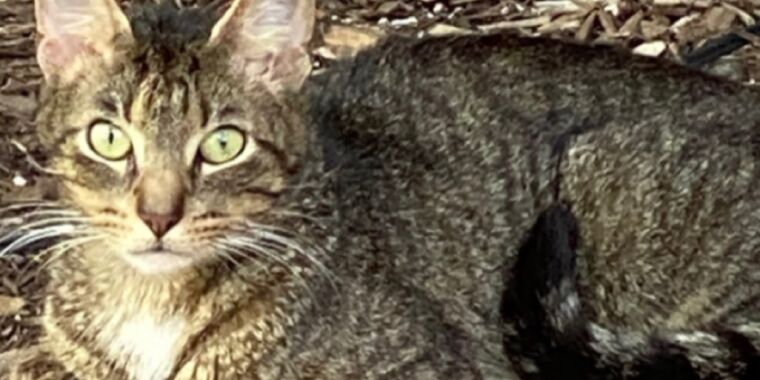Kernkonzepte
Cats' purring mechanism relies on connective tissues in vocal cords, challenging existing theories.
Zusammenfassung
Cats' purring is a complex process involving vocal cord anatomy and muscle contractions. Recent research suggests that connective tissues play a crucial role in producing low-frequency purrs. The study challenges previous hypotheses and highlights the unique mechanisms behind cats' purring sounds.
We now know how cats purr—why they purr is still up for debate
Statistiken
Cats purr between 20 to 30 vibrations per second.
Larger animals typically create lower-frequency sounds due to longer vocal cords.
Purring is believed to be reliant on neurally driven muscle contractions.
The study involved excising larynxes of eight deceased domestic cats for experimentation.
Connective tissue embedded in vocal cords lowers the frequency of purring sounds.
Zitate
"Our data unequivocally demonstrate that MEAD-driven vocal fold vibrations at purr frequencies are possible, without neural input of active muscle contraction."
Wichtige Erkenntnisse aus
by Jennifer Oue... um arstechnica.com 10-05-2023
https://arstechnica.com/science/2023/10/we-now-know-how-cats-purr-why-they-purr-is-still-up-for-debate/
Tiefere Fragen
What other species exhibit similar purring mechanisms?
While cats are the primary purrers, several other species exhibit similar purring mechanisms. Raccoons, mongooses, kangaroos, badgers, rabbits, and guinea pigs have been observed producing purr-like sounds. However, it's important to note that the ability to produce such sounds is not as widespread across different animal groups as it is in cats.
Could there be a connection between cat purring and human health benefits?
Research has suggested that there could indeed be a connection between cat purring and human health benefits. Some studies propose that the act of petting a cat while it purrs can have calming effects on humans by reducing stress levels and promoting relaxation. Additionally, the vibrations produced during a cat's purr may aid in bone density improvement and promote healing processes within humans due to their frequency range.
How can understanding cat communication enhance human-animal relationships?
Understanding how cats communicate through behaviors like purring can significantly enhance human-animal relationships. By recognizing when a cat is content or seeking attention through its vocalizations like purring or solicitation meows, individuals can respond appropriately to meet their feline companion's needs. This mutual understanding fosters trust and strengthens the bond between humans and their pets, leading to more fulfilling relationships for both parties involved.
0
